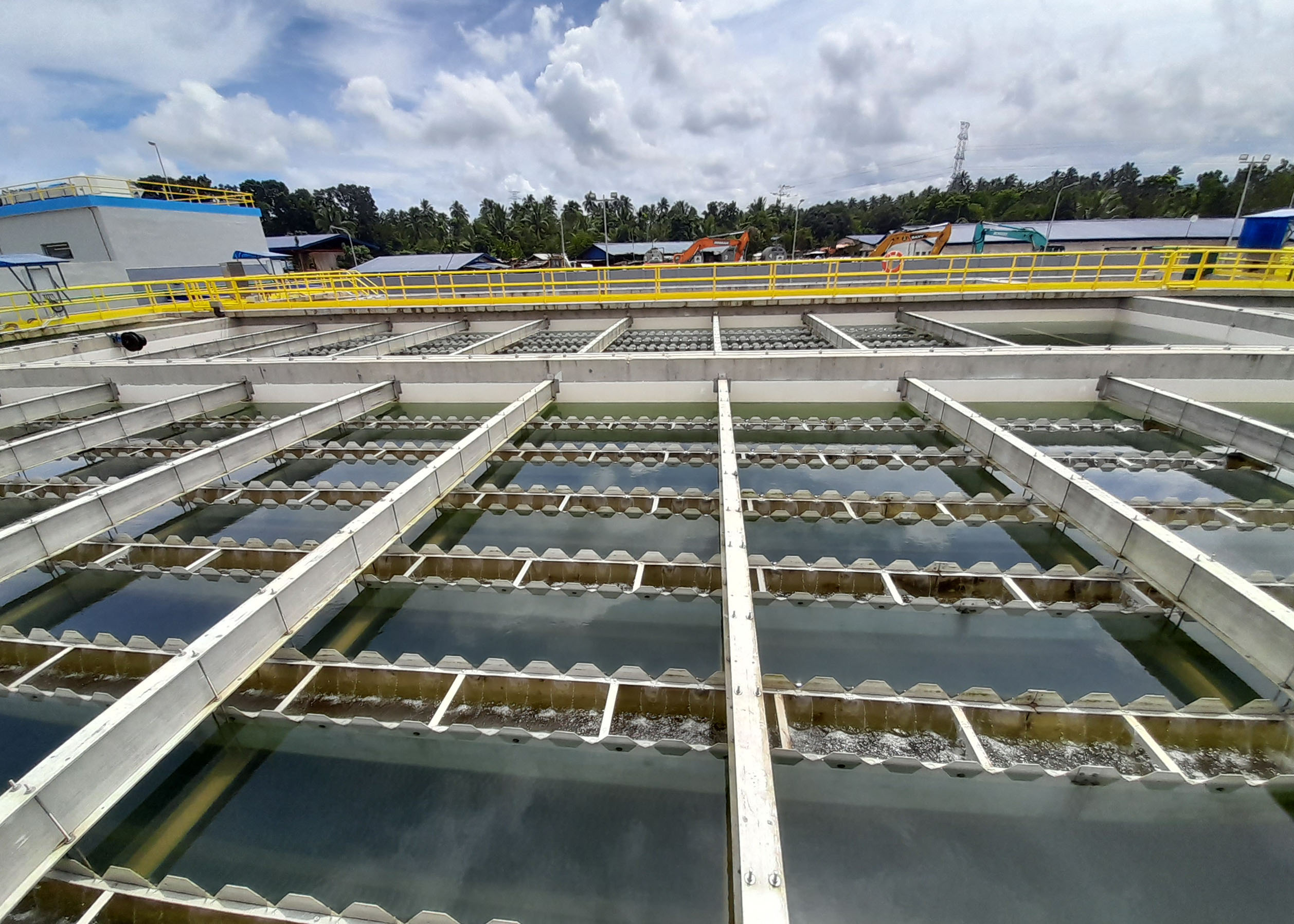PROLONGED rains brought by shear line and the trough of the low-pressure area affected the supply of bulk water which resulted in low pressure to no water in some areas in the city, Apo Agua Infrastructura, Inc. revealed.
May Che Capili, Apo Agua external relations officer, said they had to temporarily shut their operations off since the excessive rains impacted turbidity.
Turbidity shows the amount of solids and sediments present and is used to measure the clarity and quality of the water. High turbidity means there is a high amount of sediments in the river.
“Apo Agua’s water treatment plant is designed to treat up to a certain level of turbidity. When turbidity is above this limit, the water treatment plant will have a downtime,” Capili said during the bulk water project operations update report in the city council on Feb. 13.
From Jan. 31 to Feb. 3, the treatment plant had a downtime, meaning a temporary stop of production.
Normally, the turbidity level of a river goes back to normal after 8 hours, however, Capili said that Jan. 31-Feb 3 case was an exception as a “back to back to back” excessive flooding resulted in prolonged downtime of operations.
Capili said that they continued to supply to Davao City Water District but at a reduced and controlled flow utilizing the remaining treated water in their reservoir. The supply they can provide is only available to supply for about 10-12 hours.
She cleared out that excessive flooding only occurs in the river at only 5% of the time, so the facilities have been operating at 95% from Dec. 1 to Feb. 8.
“Only 5% we are not able to DCWD due to excessive and heavy flooding upstream,” she added.
It can be noted that Apo Agua announced during the 20th city council’s regular session on Jan.9 that it has been fully operational and supplying six water supply systems of Davao City Water District since Dec. 1, 2023.
One contributing factor of low water pressure to no water is that when the treatment plant is shut off, DCWD has to rely on groundwater sources.
DCWD said they have served 90% of the service connections under the bulk water supply and were able to enjoy 24/7 water supply availability.
However, despite the other 10% who have still been provided water, reverted to low water pressure to no water during peak hours of water usage.
Consumers are told that low pressure to no water can still be experienced as operational adjustments are underway to increase operating time without compromising water quality, such as the upgrade of the treatment facility and procedures.
Apo Agua will also issue localized weather forecasting to make sure DCWD is prepared when cases of using groundwater resources are required. At present, Apo Agua is back to its normal operations as turbidity has already gone back to normal.
Photo: Apo Agua water treatment/Bing Gonzales




